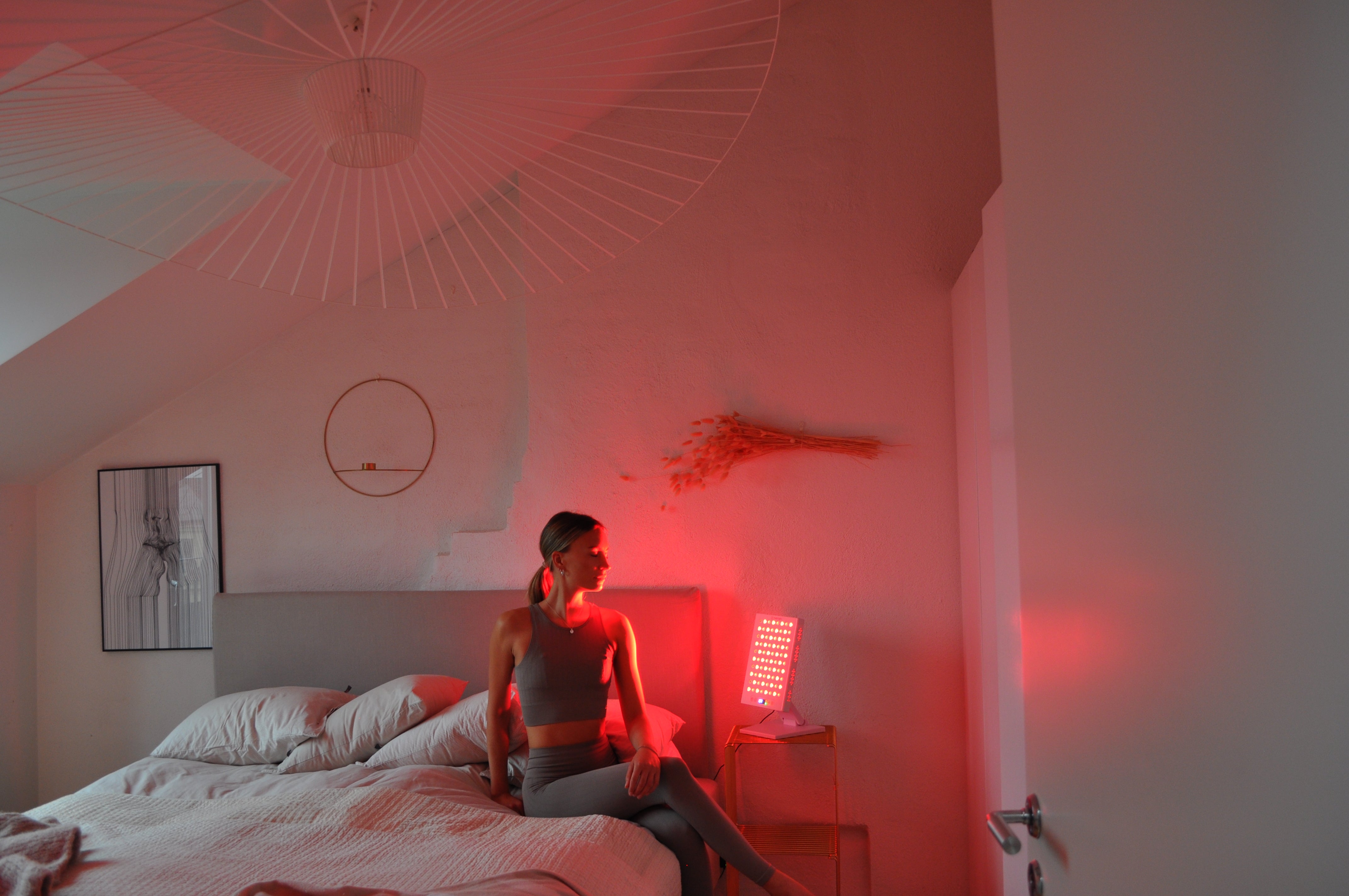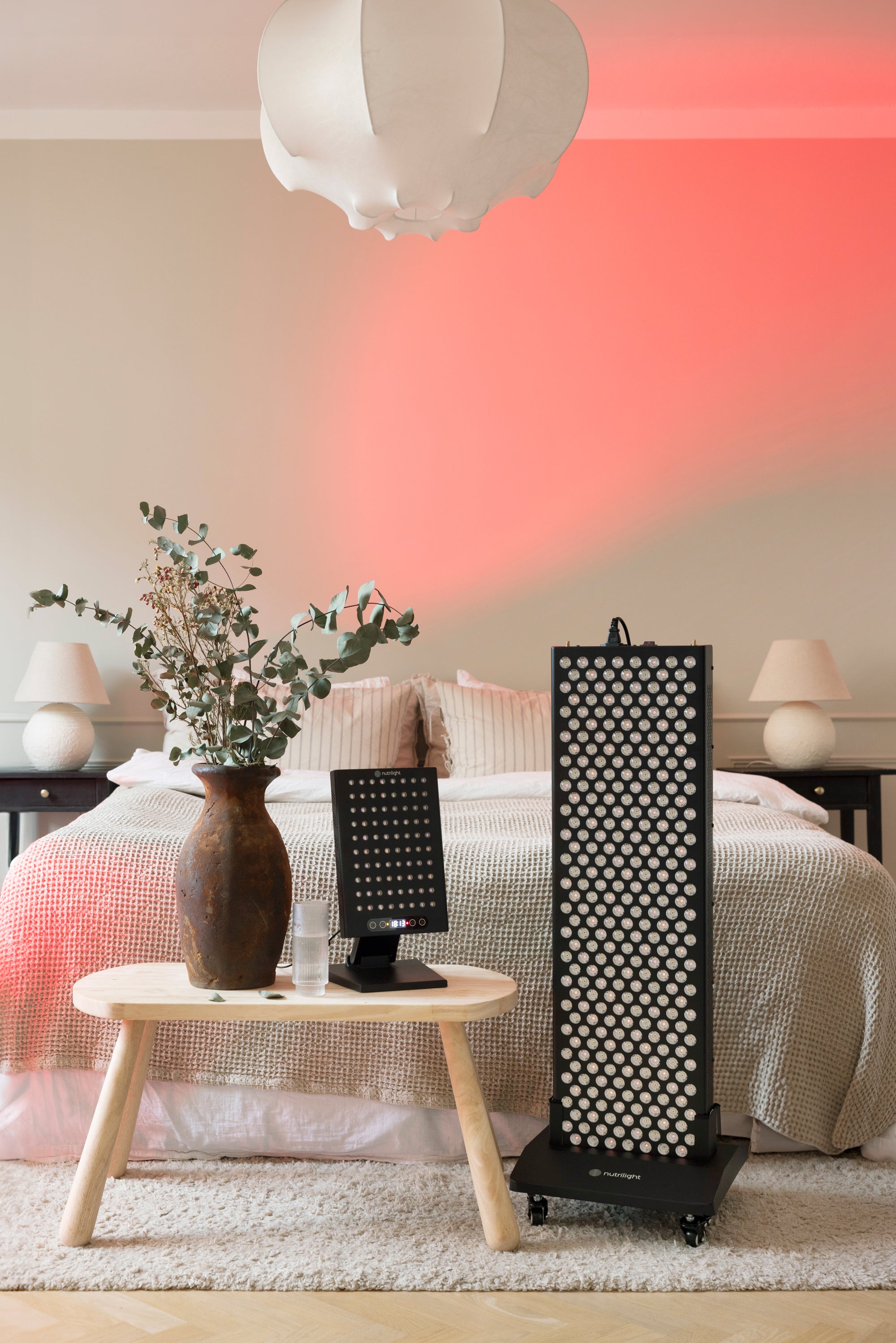Research shows that the brain is affected by red light therapy, and both mood and cognition can be improved in many individuals. A large meta-analysis (based on six scientific studies) specifically investigated the cognitive functions of the brain in young and healthy people treated with red light therapy and the results were interesting (1). The method is called transcranial photobiomodulation and, as the name reveals, you simply shine light through the skull bone. Exactly what happens inside the brain is not completely clear, but it is probably that the mitochondria are charged just like in other tissues, and thus have the ability to contribute more energy to the brain's various processes. The concept of cognition includes attention, memory and learning, and one can imagine that these lights will become standard equipment for students, lecturers, artists, athletes, etc. who need an optimally functioning brain during a lesson, test, performance or the like. What the meta-analysis came to was that you could see a significant positive effect on cognition in young healthy people and now of course we want to see even more studies of higher quality.
In people with mild impairment of cognition, nice effects have also been seen. In one study, subjects were given 40 treatments over eight weeks and significant improvements in memory and cognitive functions were observed (2). The study used red light, which cannot pass through the skull bone, and irradiated the neck and throat. Another study used near-infrared light, which is known to penetrate deep, and treated through the skull. It too was effective in improving cognition in healthy older people (3) and perhaps the ideal product for brain stimulation is one that delivers both near-infrared through the skull and red light into the neck and throat? Other research shows that transcranial near-infrared light can speed up reaction time in people with normal cognition (89).
On average, those treated had 23.8 ms shorter reaction times than those who only received placebo. It's about thousandths of a second so it's not huge effects, but of course it can be the difference between winning and losing in many sports such as table tennis, badminton, martial arts or ice hockey. The margins are so incredibly small that a football goalkeeper has a greater chance of becoming the hero of the match if he runs a brain treatment just before the match. There are many more studies showing that light therapy has a positive effect on the brain, so if you want to boost your central nervous system, you should give it a try.






Share:
Red light therapy and autoimmune diseases
Red light therapy and pain